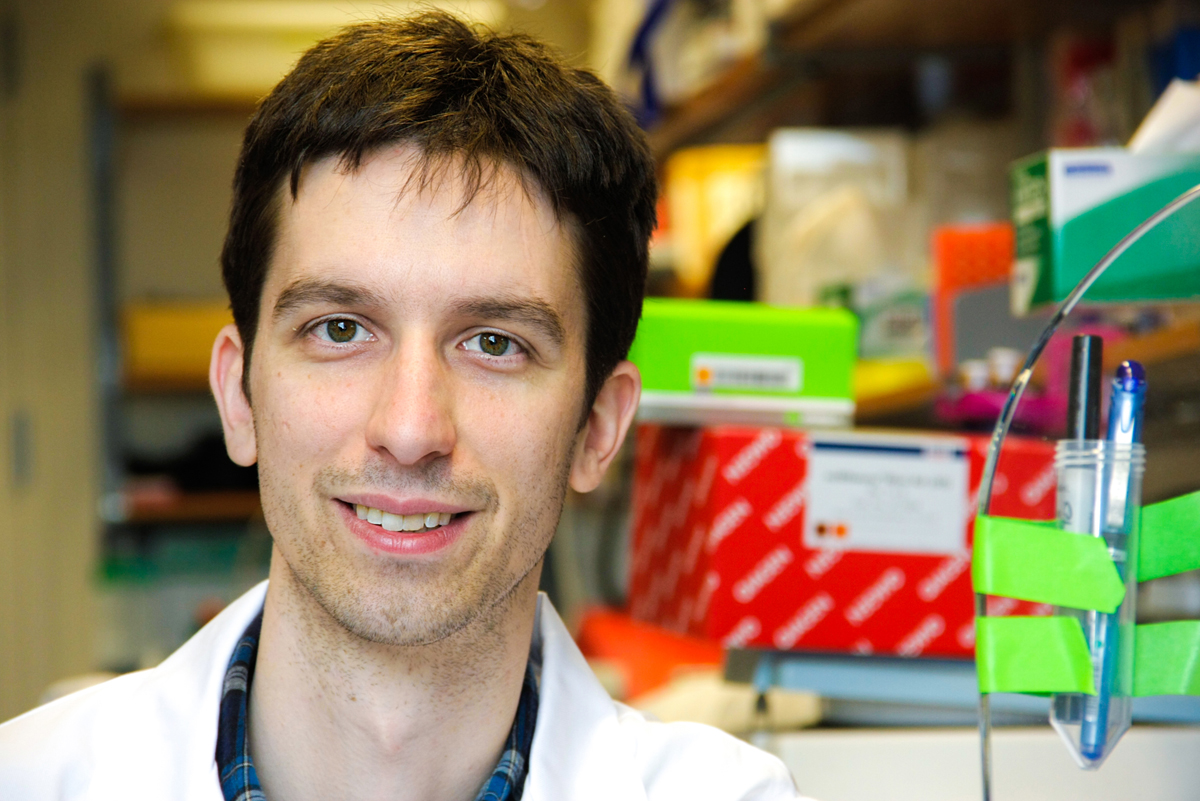By Peter J. Turnbaugh, Damon-Runyon Innovator
For our 70th Anniversary Annual Report, we recently asked some of our current award recipients how cancer will be prevented, diagnosed, and/or treated differently in the future. What can a future cancer patient, say 10-20 years from now, expect to experience? Their responses were fascinating, and over the next few months we will share their visions for the future on this blog.
Cancer is notoriously hard to treat due to the severity of side effects and the high rate of relapse. While one patient may show a miraculous recovery, the next may show very little response or have an adverse drug outcome. Polymorphisms in the human genome are important, but they can fail to explain most of the observed variation in treatment outcomes. Far less attention has been paid to our “second genome”, the microbiome—comprising the trillions of microbes that thrive in and on the human body.
Our research, supported by Damon Runyon, suggests that the gut microbiome may interfere with cancer therapy by directly metabolizing drugs and altering host pathways for drug absorption. We also have preliminary evidence for beneficial microbes that could someday be harnessed to rescue the effects of cancer drug resistance.
In the near future, I predict that cancer therapy will take a more comprehensive view towards precision medicine. Mechanistic insights into the microbiome and its reciprocal interactions with healthy and cancerous tissues will enable new diagnostics to better guide the optimal drug and dose for each patient. The microbiome is also more readily modifiable than the human genome. Oncologists may be able to take advantage of this fact by monitoring changes in the microbiome throughout the course of therapy to better predict the emergence of drug resistance or other adverse outcomes. Finally, our associated microbes and/or their products could be used to augment the biologic, small molecule, and human cell therapies of today.








